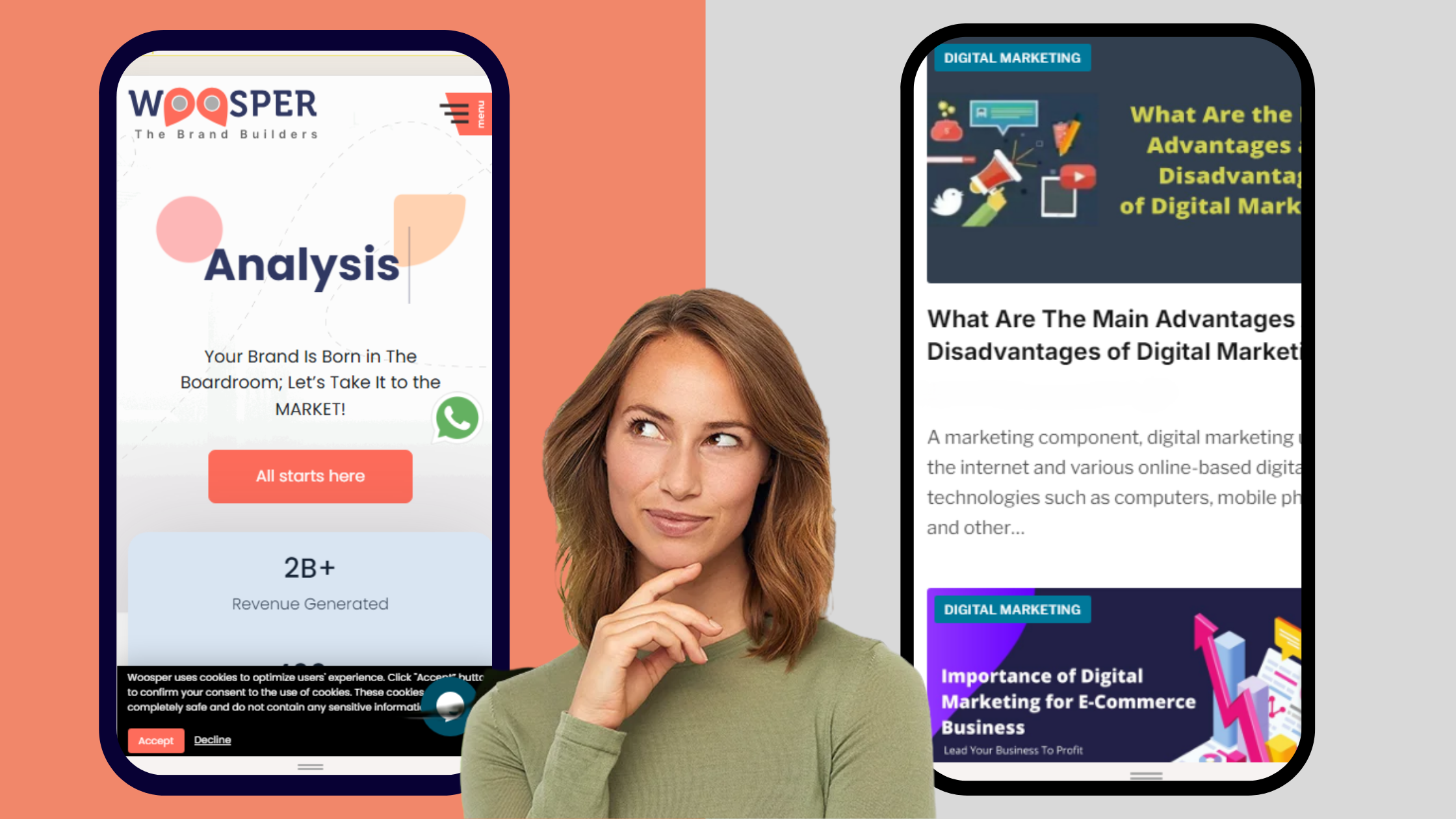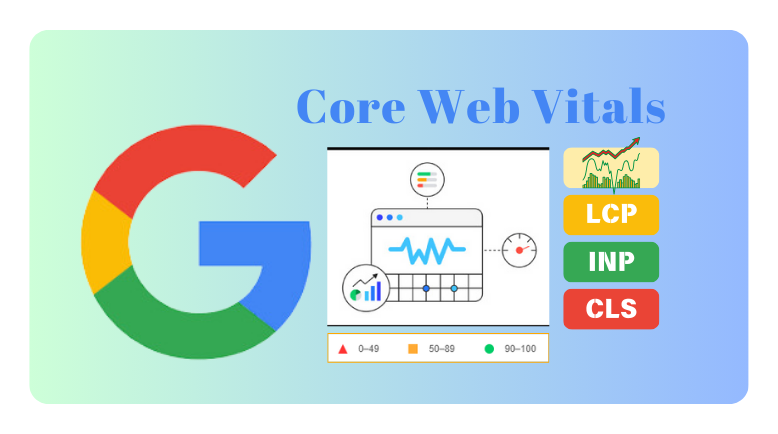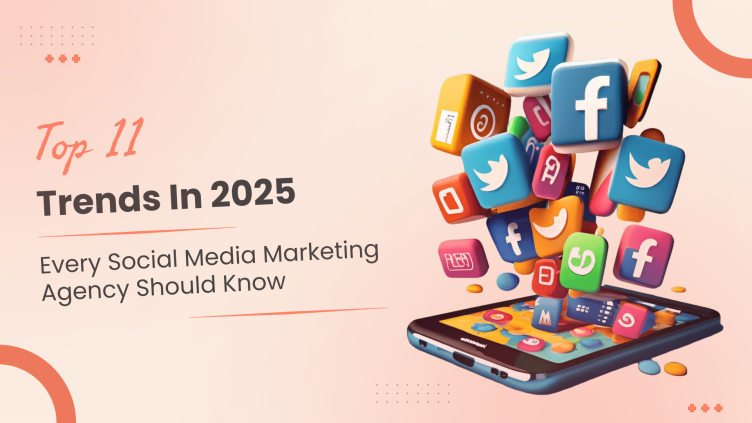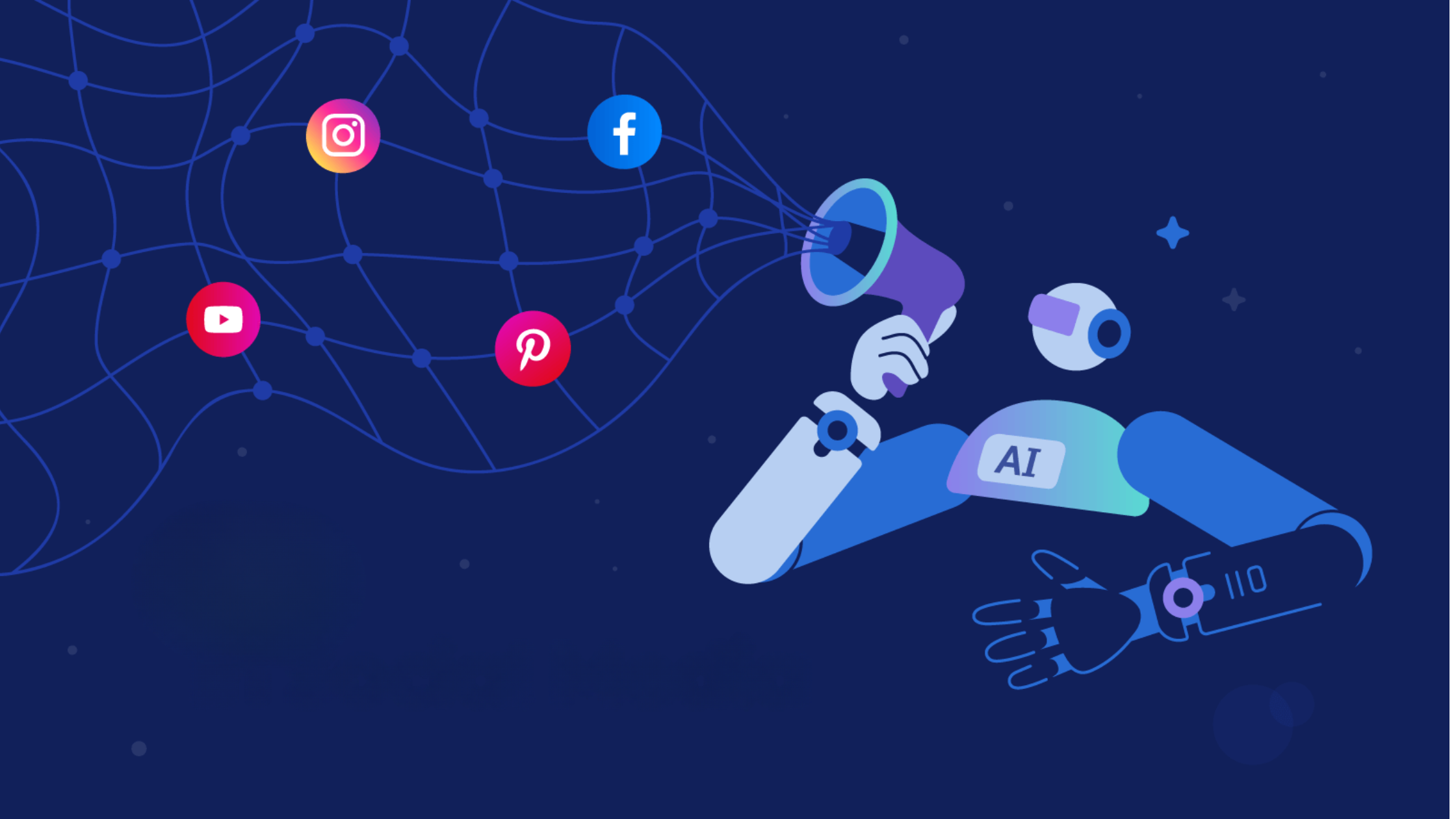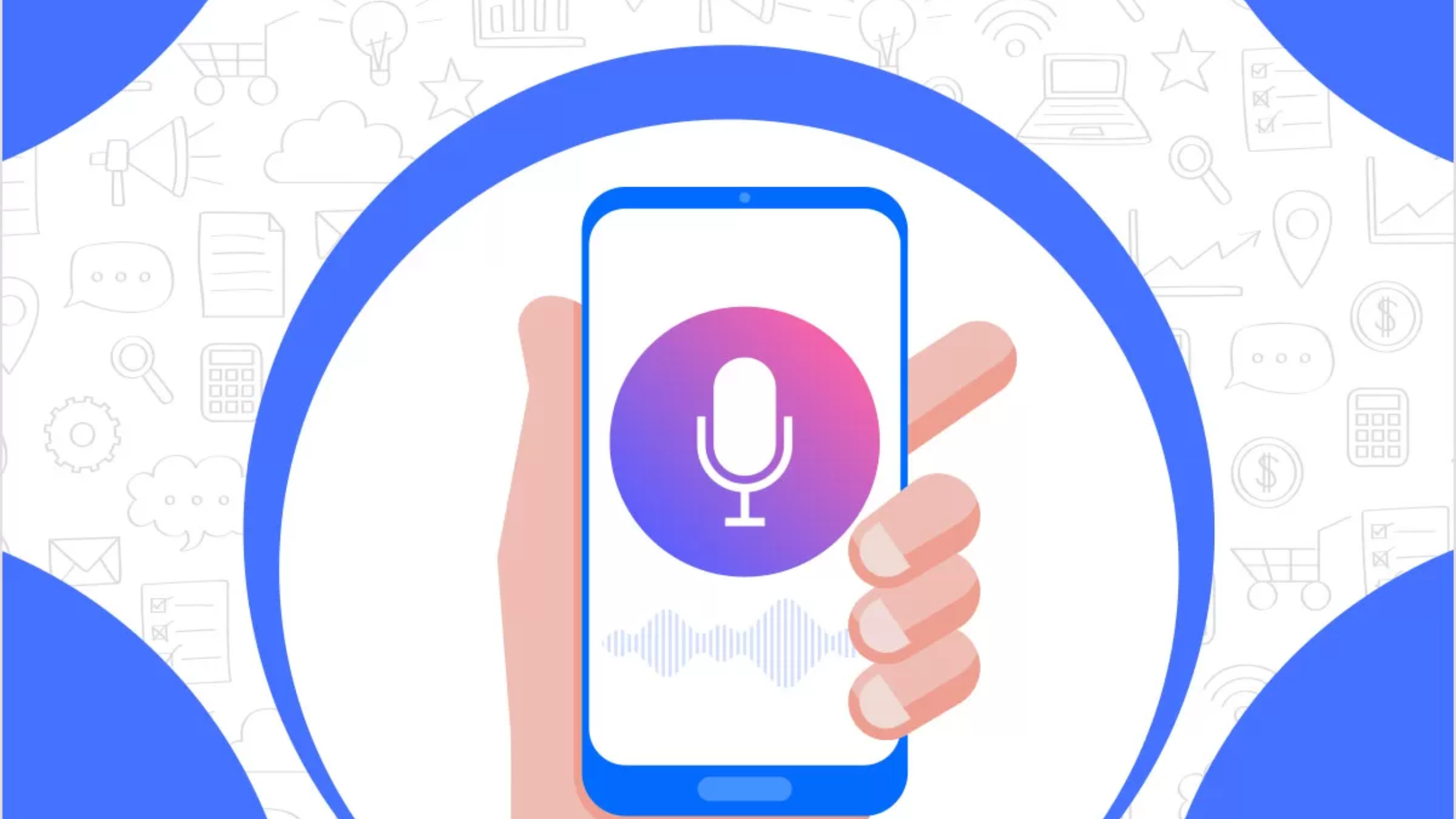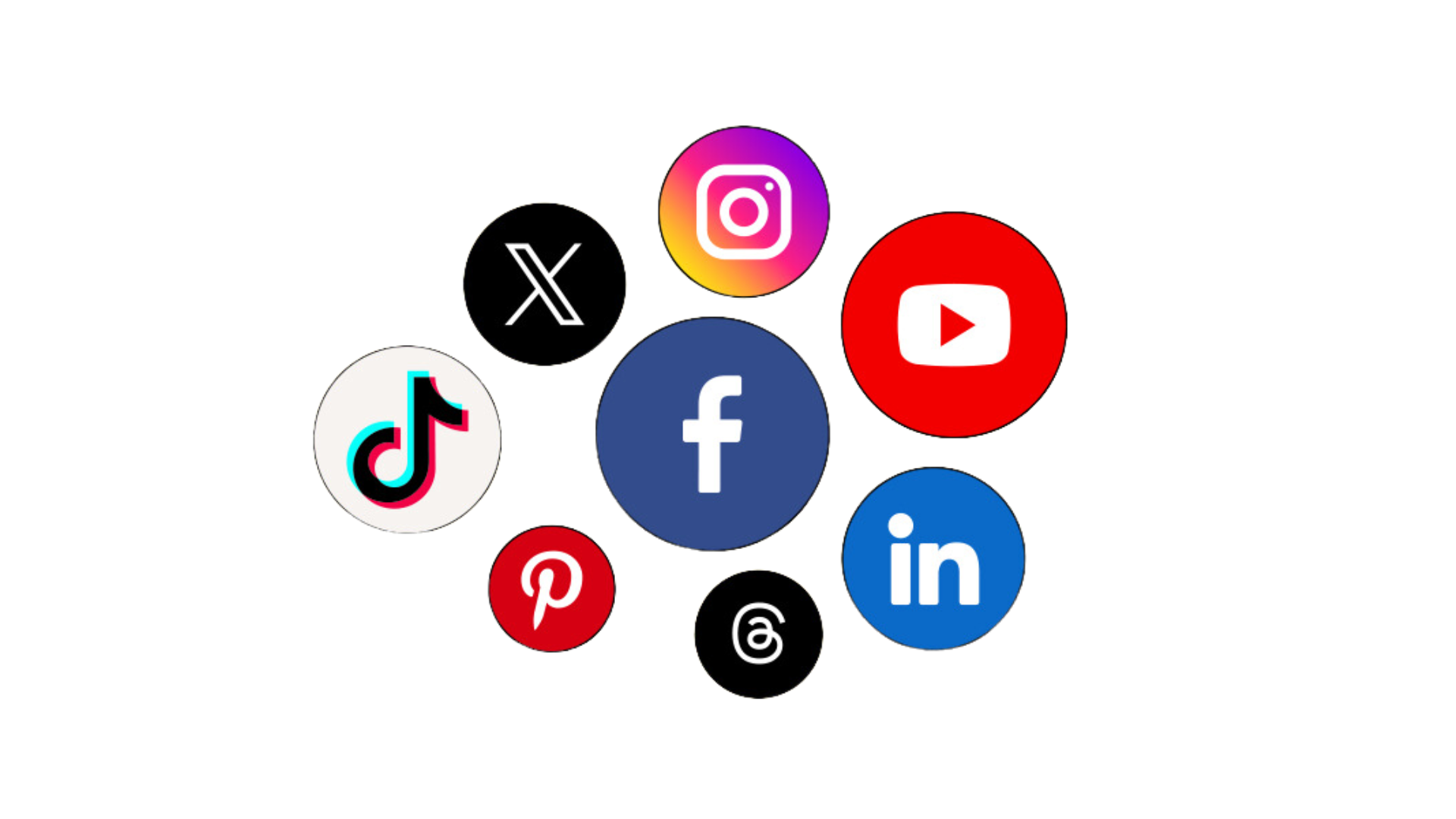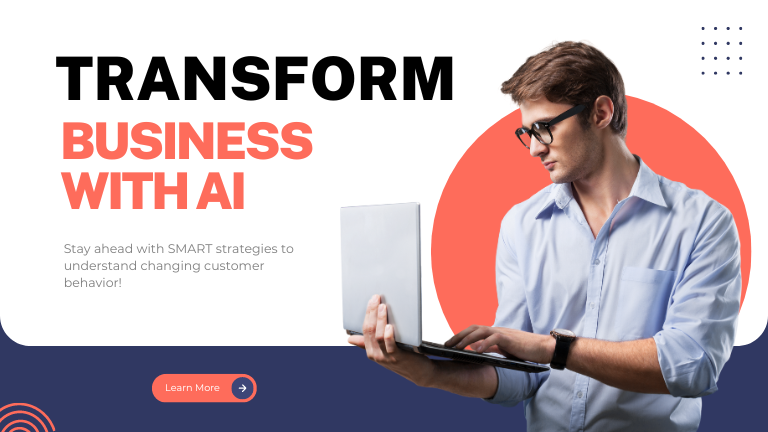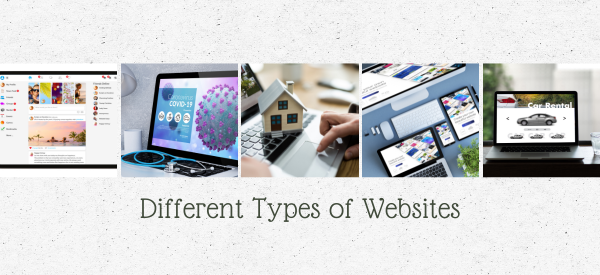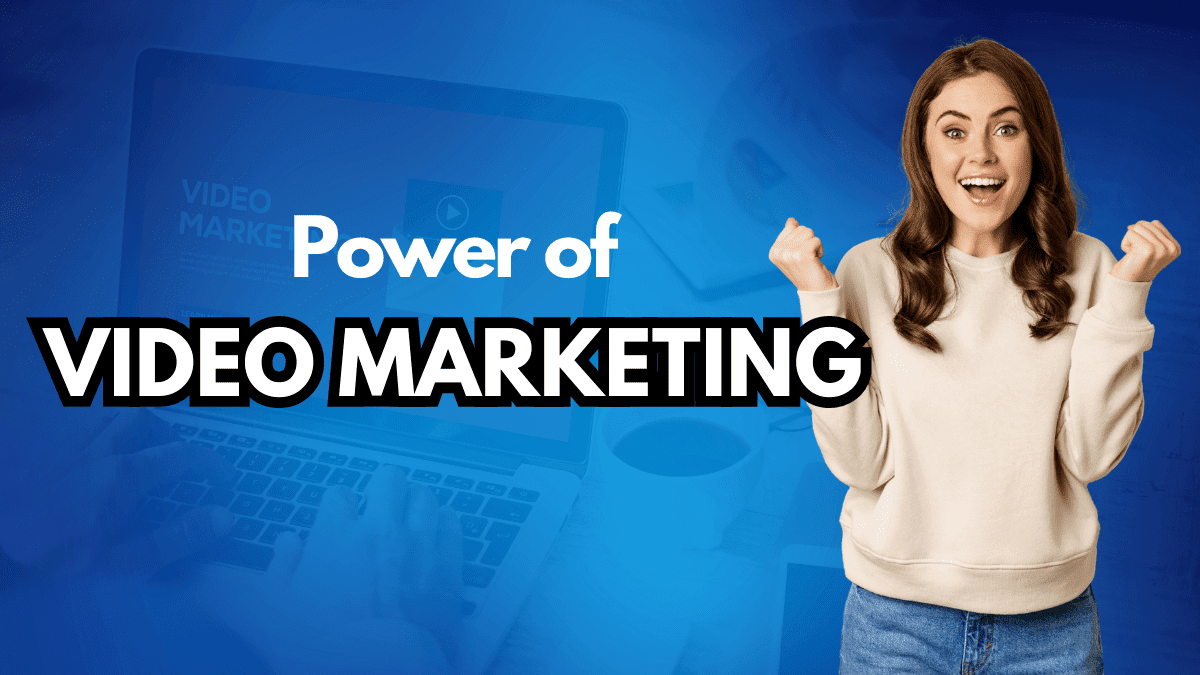The debate of LLM vs SLM has gained momentum as businesses evaluate which solution best fits their operational goals, budget constraints, and scalability needs. Understanding the unique strengths of each can help organizations make informed decisions, maximizing return on investment and improving customer engagement.
This blog explores the strengths, limitations, and strategic applications of these AI tools, providing a clear roadmap to select the model that best aligns with business goals.
What Are Large Language Models (LLMs)?
Large Language Models are expansive AI models trained on massive, diverse datasets that cover a wide array of topics, languages, and writing styles. LLMs like GPT-4 and PaLM 2 can generate human-like text, perform sophisticated sentiment analysis, and answer complex customer queries.
Key Features:
- Trained on billions of parameters.
- Capable of understanding nuanced, multi-domain content.
- Ideal for content generation, customer service automation, and advanced data analytics.
Requires substantial computing resources and operational costs.
What Are Small Language Models (SLMs)?
In contrast, Small Language Models—part of the broader discussion on LLM vs SLM—are designed with a narrower scope. They focus on specific tasks, industries, or datasets, offering optimized performance for targeted applications while consuming fewer resources. SLMs are perfect for businesses looking for AI-powered marketing tools that balance efficiency and affordability.
Key Features:
- Trained on limited, domain-specific data.
- Lower infrastructure and processing requirements.
- Faster response times.
- Ideal for niche campaigns, customer support bots, and operational automation.
Comparative Analysis: LLMs vs SLMs in Marketing
To determine which model offers better marketing ROI, it’s essential to compare their characteristics across various dimensions:
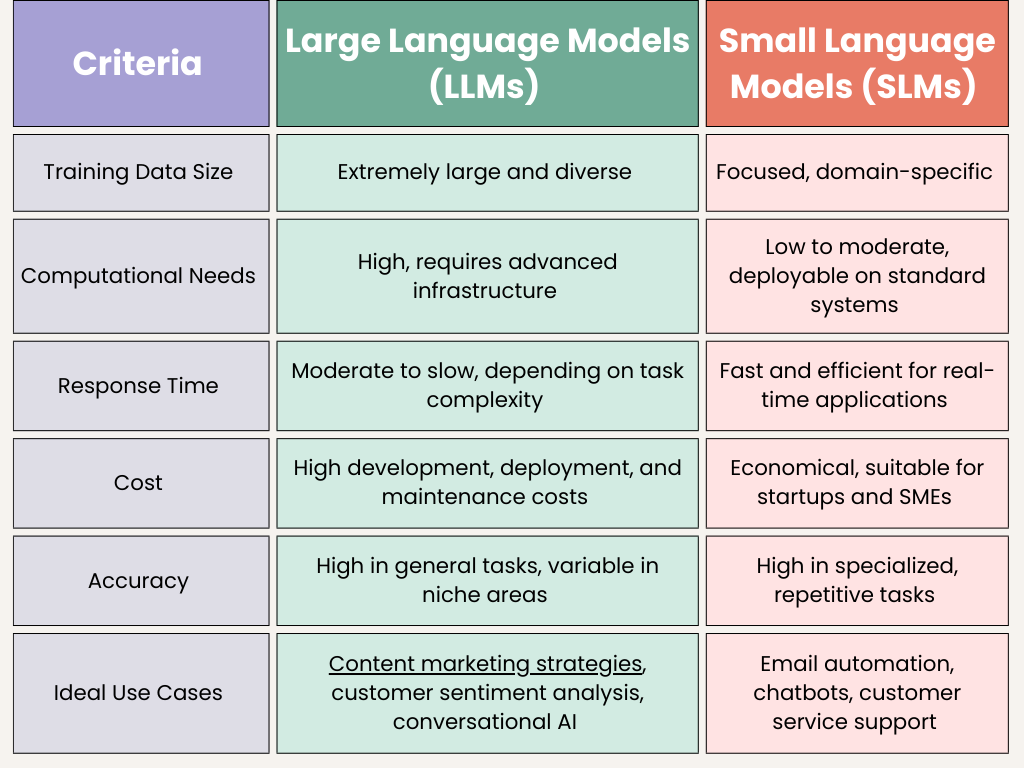
Industry Trends and Future Outlook
Both Large Language Models (LLMs) and Small Language Models (SLMs) are finding new roles within organizations, driven by business needs, technological advancements, and shifting regulatory priorities.
Current Landscape
The demand for AI-driven language models is surging. The global LLM market is set to grow from USD 1.59 billion in 2023 to USD 259.8 billion by 2030, at a CAGR of 79.8%.
Meanwhile, the SLM market is projected to rise from USD 0.93 billion in 2025 to USD 5.45 billion by 2032, driven by the need for lightweight, efficient, and cost-effective AI solutions.
Impact on Marketing ROI
1. LLMs: Enhancing Broad Marketing Strategies
LLMs’ ability to process and generate content across diverse topics makes them invaluable for broad marketing strategies. They can analyze large volumes of customer data to identify trends, generate comprehensive content, and provide insights that inform strategic decisions. SEO services providers often use LLMs to optimize content across diverse industries, ensuring that their website is ranked at the top of search results globally.
However, their high operational costs necessitate careful consideration to ensure that the ROI justifies the investment.
2. SLMs: Driving Efficiency in Targeted Campaigns
SLMs excel in executing targeted marketing campaigns with precision. Their efficiency and lower resource requirements enable rapid deployment and scalability, particularly beneficial for personalized marketing efforts.
By focusing on specific tasks, SLMs can deliver high ROI through cost-effective operations and quick adaptability to changing market dynamics.
Strategic Considerations for Model Selection
When deciding between LLMs vs SLMs, AI for marketers should evaluate:
1. Scope of Marketing Activities
Broad, multi-channel campaigns involving content creation, customer analytics, and dynamic interaction systems favor LLMs.
Specialized, task-oriented activities like automated follow-ups, FAQs, or localized promotions are better suited to SLMs.
2. Performance and Capability
LLMs offer sophisticated language understanding and generation for varied, complex topics.
SLMs deliver rapid, reliable performance for specific domains, minimizing errors in specialized contexts.
Tip: Test both models in pilot campaigns to gauge performance metrics before full-scale implementation.
3. Budget Constraints
LLMs demand significant investment in both model licensing and computational infrastructure.
SLMs provide a cost-effective alternative without compromising on domain-specific accuracy.
Recommendation: SMBs and startups often find SLMs a practical entry point into AI-driven marketing.
4. Data Privacy and Compliance
With regulations like GDPR and CCPA, safeguarding customer data is non-negotiable.
- SLMs can be customized and deployed on-premises, reducing third-party data exposure.
- LLMs, especially cloud-hosted solutions, require diligent vendor compliance checks.
Advice: Prioritize models that offer data encryption, anonymization, and regulatory compliance features.
5. Infrastructure Availability
LLMs require high-performance GPUs or cloud-based AI services.
SLMs can run on standard servers or edge devices, allowing for more flexible deployment options.
Insight: Organizations with limited technical resources will benefit from the simplicity and affordability of SLMs.
6. Desired Response Time
LLMs might experience latency due to model size and computational demands.
SLMs deliver faster, real-time responses ideal for customer support and personalized marketing prompts.
Pro Tip: For time-sensitive applications like live chats or e-commerce upselling prompts, SLMs ensure better customer experience and engagement rates.
Use Cases: Where LLMs and SLMs Shine
Both LLMs and SLMs are actively deployed across marketing functions today, though their applications differ by scale, complexity, and infrastructure requirements.
Where LLMs Are Used
LLMs like GPT-4, Gemini, and Claude have seen rapid adoption within enterprise marketing operations. Common deployments include:
- Content Production at Scale
LLMs helps publishing houses, global brands, and media platforms generate blogs, scripts, press releases, and product descriptions across markets. - Multilingual Content Localization
International teams use LLMs to translate and adapt ads, websites, and social media content in multiple languages. - AI-Powered Copywriting Tools
LLMs assist content platforms in creating ad copy, blog outlines, subject lines, and CTAs tailored to audience segments. - Social Listening and Brand Monitoring
Sentiment analysis tools use LLMs to analyze customer reviews, social media mentions, and feedback for real-time brand health insights. - Customer Support Automation
E-commerce and financial services deploy LLM-based virtual agents for handling inquiries, resolving complaints, and providing personalized recommendations. - Predictive Marketing Analytics
CRMs utilize LLMs to predict behavior, recommend actions, and forecast churn, driving smarter marketing strategy decisions.
Example: Global electronics brand uses an LLM to auto-generate SEO-optimized product pages in over 30 languages for faster go-to-market cycles.
Where SLMs Are Used
SLMs, being lightweight and task-focused, are embedded into a wide range of AI-powered marketing tools and applications for specific, efficiency-driven processes. Current usage includes:
- Automated Email Personalization
E-commerce, SaaS, and D2C brands use SLMs to personalize subject lines, offers, and messaging based on customer history and engagement. - On-Device Chatbots and FAQ Assistants
Mobile apps in food delivery, healthcare, retail, and fintech deploy SLMs to handle high-volume, simple customer queries. - Social Media Content Generation
Local businesses and small agencies use SLM features in scheduling tools to generate captions, hashtags, and ad headlines. - Localized Ad Text and Promotions
Regional businesses use SLMs to create localized ad copy and promotions reflecting cultural and language nuances. - Report Summarization and Status Updates
Marketing teams rely on SLMs to summarize performance reports, campaign highlights, and competitor updates.
Example: A regional ride-hailing app uses an SLM-powered chatbot within its mobile platform to handle ride confirmations, ETA inquiries, and basic complaint resolutions.
Decision Framework
Not every marketing challenge demands the same AI muscle. As marketers, choosing the right model depends on the scope of your marketing strategy, available resources, and specific campaign needs.
It demands a careful assessment of organizational priorities. The following framework outlines the essential factors to consider:
Performance Needs
- LLMs: Best suited for tasks that require complex language understanding, such as advanced content generation, multi-lingual support, and customer interactions at scale.
- SLMs: More appropriate for focused, straightforward tasks like automated email responses, product recommendations, and localized marketing content.
Key question: Do you need sophisticated language generation capabilities, or is a simpler, more task-oriented solution sufficient?
Resource Constraints
- LLMs: Require more significant computational resources, including powerful servers and extensive data storage. These are often suited for larger organizations with the necessary infrastructure.
- SLMs: Lighter in terms of computational demand and easier to deploy on existing systems, making them ideal for smaller companies or those with limited resources.
Key question: Does your organization have the infrastructure and budget for resource-intensive LLMs, or do you need a more cost-effective solution?
Scalability Goals
- LLMs: Highly scalable, capable of handling large datasets, high-frequency tasks, and complex operations as your business grows.
- SLMs: Typically suited for smaller-scale operations, and while they can scale, they may require more manual oversight or additional systems for large-scale growth.
Key question: Are you anticipating rapid growth and complexity in your operations that require scalable, high-capacity AI, or do you need a solution that can scale gradually?
Regulatory Compliance
- LLMs: With their larger datasets and more complex operations, LLMs often require strict data governance and compliance with regulations such as GDPR, HIPAA, and CCPA.
- SLMs: Tend to involve fewer compliance concerns as they are focused on specific tasks, but they still need to comply with local regulations, especially when dealing with personal data.
Key question: Does your business handle sensitive data, and do you need an AI model with stronger regulatory and privacy controls?
Sustainability Objectives
- LLMs: Due to their high computational needs, LLMs may conflict with sustainability goals, as they require more energy and resources to run efficiently.
- SLMs: More eco-friendly due to their smaller size and reduced computational requirements, making them a more sustainable choice for organizations prioritizing environmental impact.
Key question: Is sustainability a key priority in your business operations, and can your AI solution align with eco-friendly goals?
By carefully evaluating these factors, businesses can choose the AI model that best supports their operational goals, budget, and future scalability needs.
Pros and Cons of LLMs and SLMs
To provide a clear perspective, let’s examine the advantages and drawbacks of each model in the context of marketing applications.
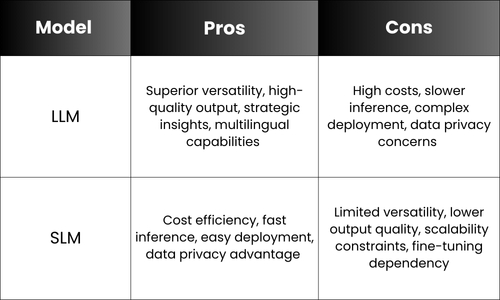
Emerging Innovations
Hybrid Models:
A growing number of AI solutions are integrating both LLMs and SLMs within a single system.
How it works:
- SLMs handle routine, low-risk tasks such as generating meta descriptions or responding to FAQs.
- LLMs are reserved for complex, high-context tasks like in-depth content strategy recommendations or crisis communications.
Federated Learning:
With data privacy concerns intensifying, federated learning is gaining traction — a technique where AI models are trained across decentralized devices or servers without transferring raw data to a central location.
AutoML for SLMs
Automated Machine Learning (AutoML) platforms are increasingly being used to design, train, and optimize custom SLMs for marketing teams without requiring deep AI expertise.
Conclusion
In a nutshell, both LLMs and SLMs have unique strengths, and choosing between them depends on your business needs, resource constraints and scalability goals. Emerging innovations—such as hybrid models, federated learning, and AutoML—promise to further bridge the gap between LLM vs SLM, offering flexible, privacy-conscious, and accessible solutions.
Understanding the difference between LLM vs SLM helps businesses select the right AI tool to boost productivity and streamline campaigns. Woosper helps businesses stay ahead with expert digital marketing services and the latest AI integrations. Connect with us today to transform your marketing game!
FAQ
Is ChatGPT a large language model?
Yes — ChatGPT is based on OpenAI's GPT models, which are large language models (LLMs).
Why are large language models so good?
LLMs excel at understanding context, generating human-like text, and performing a wide range of complex language tasks because they’re trained on vast datasets.
What is the size of large language models?
LLMs typically have billions to trillions of parameters. For example, GPT-4 reportedly has over 1 trillion parameters.
What is the GPT model?
GPT, or Generative Pre-trained Transformer, is a type of large language model (LLM) that uses deep learning to understand and generate human-like text.


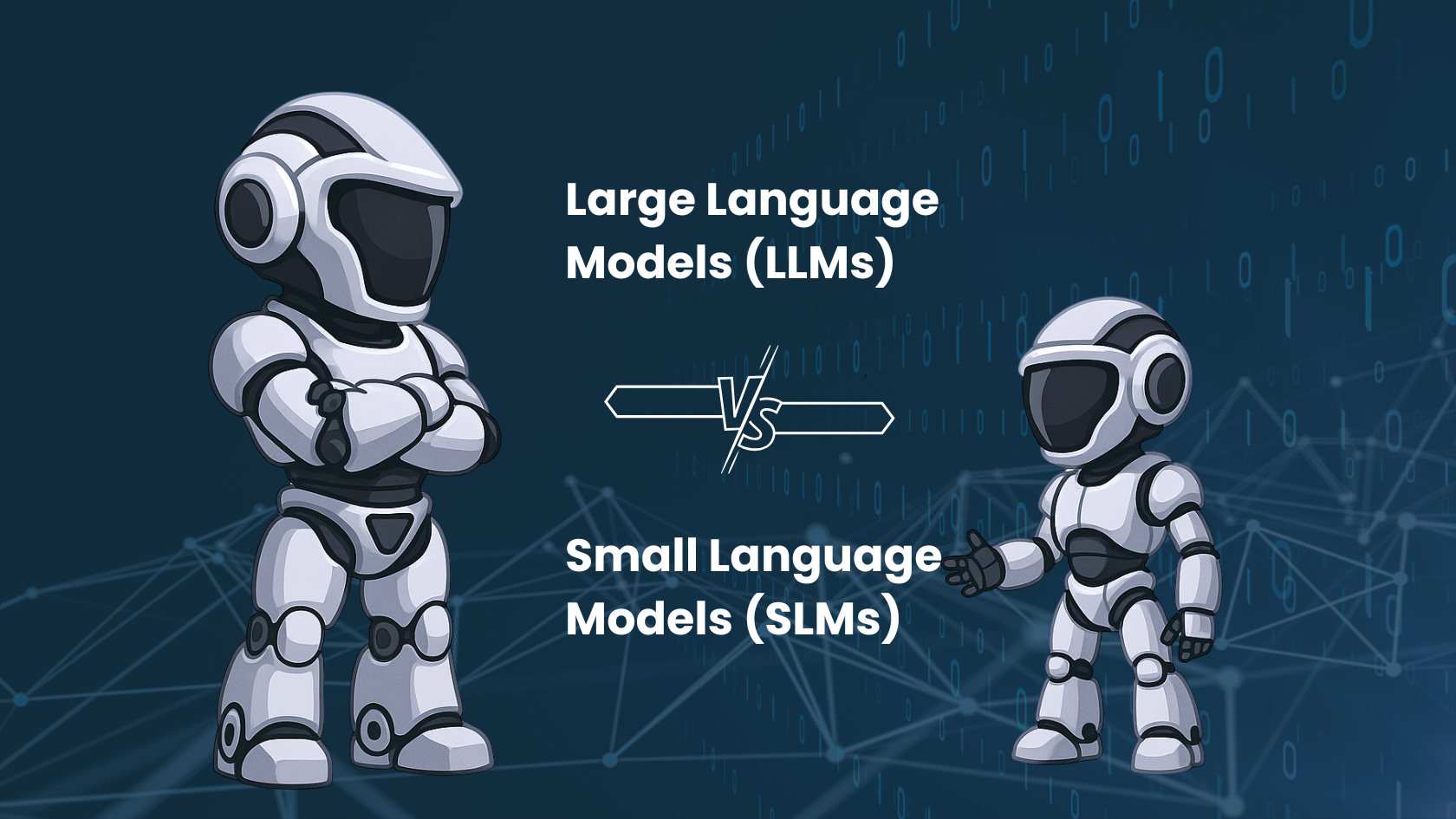






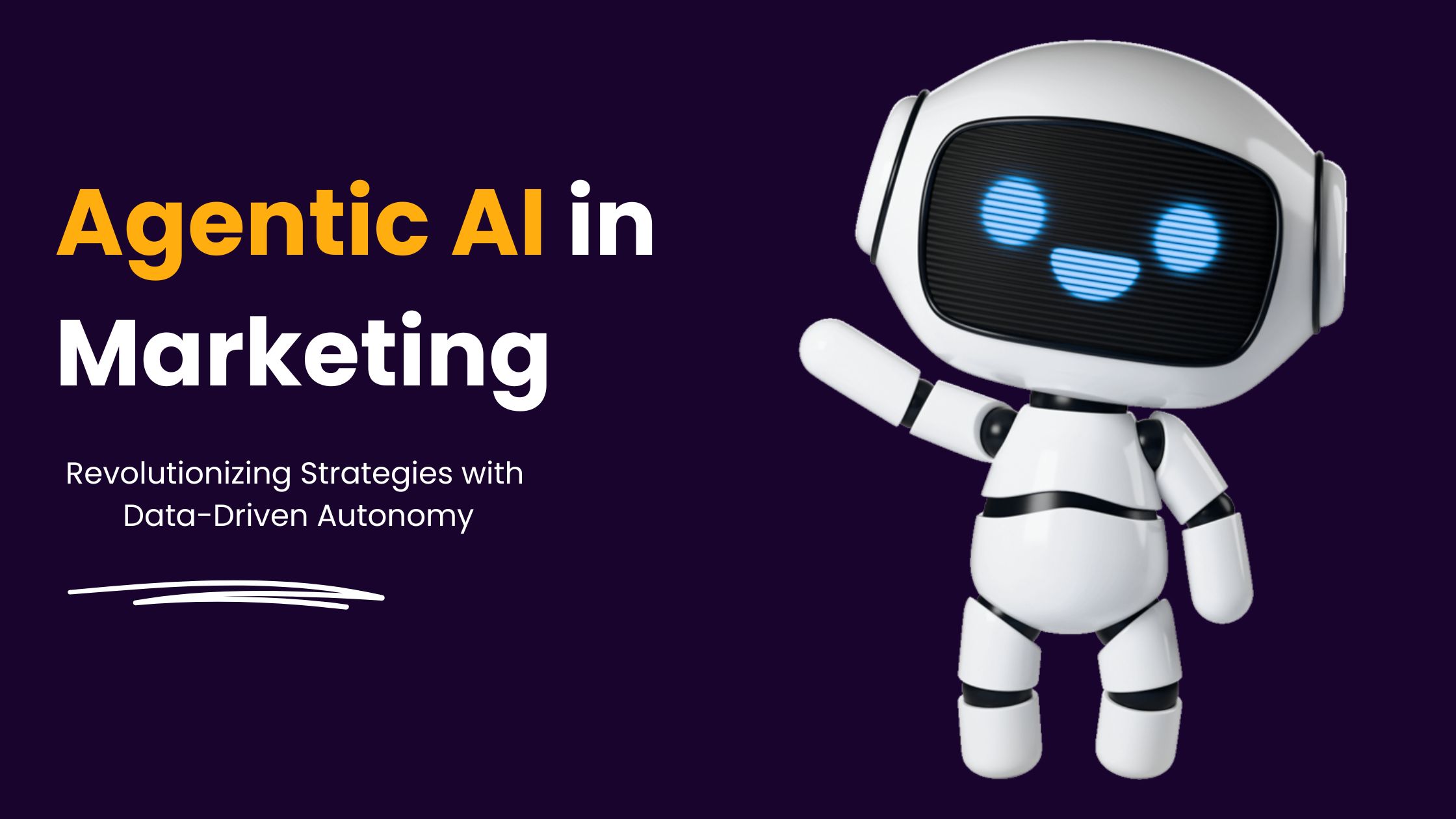

 It helps you to:
It helps you to:



